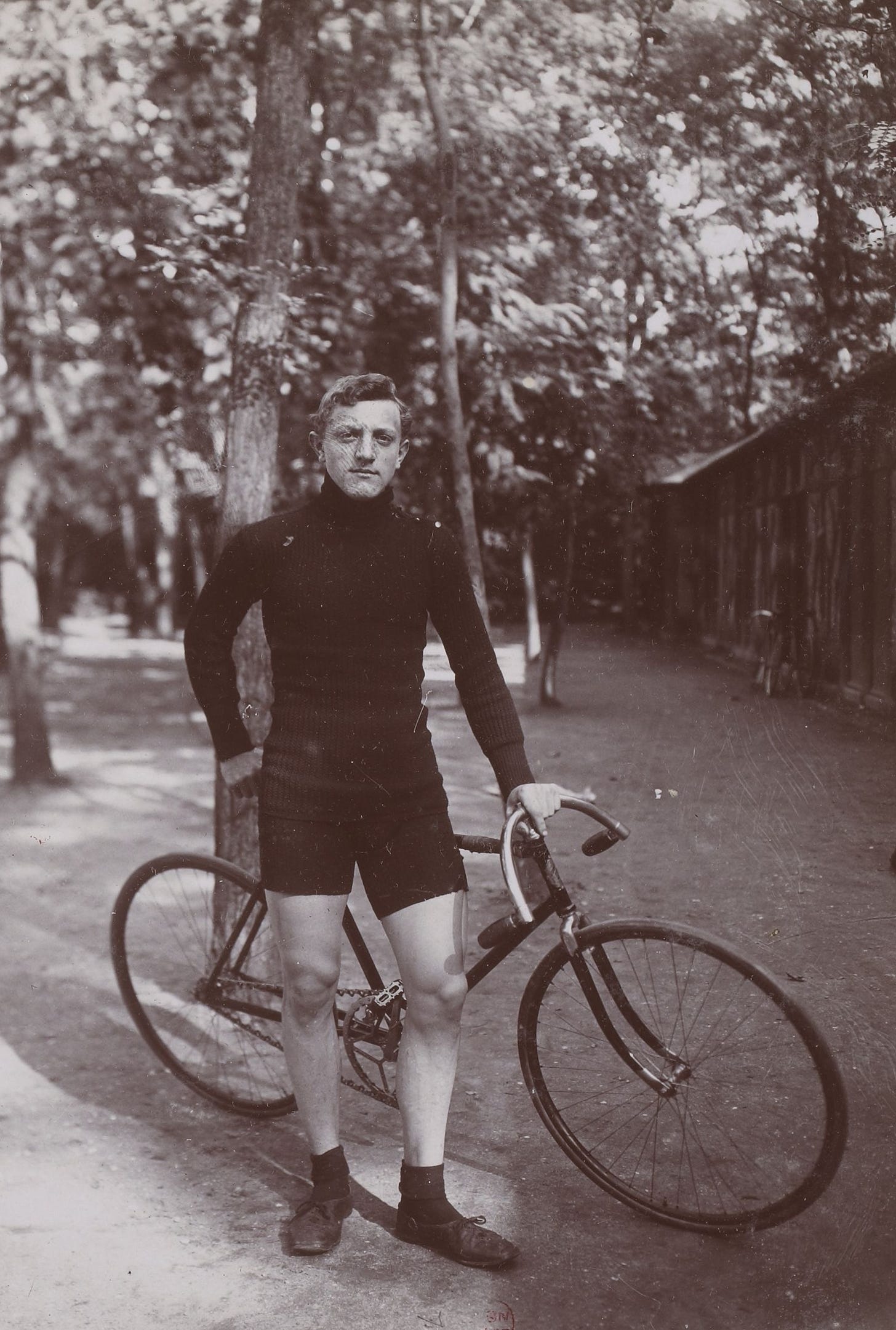WHEELS ON FIRE: RÜTT-ARENA IN FLAMES
Today in Berlin: May 3,1931
On May 3, 1931 Berlin lost one of its legendary cycling tracks or velodromes. To some, no surprise - in a way the venue, known as Rütt-Arena, counted as what you could call luckless.
Berlin’s address directory for 1927 lists Rütt-Arena at “Siboldtraße 7-8, SW 29, Verwaltung Bezirk VI. Kreuzberg, Finanzamt IV. Urban”. The street connecting today’s Südstern and Columbiadamm, and whose southern end lies in Berlin-Tempelhof by now, is called Lilienthalstraße today.
The man behind the opening of the cycling track was Walter Rütt, German racing wonder in the years 1900-1926 and the winner of multiple international races as well as the world champion known as Der Kaiser.
After his triple victory in the New York Six-Day Race (1907, 1909 and 1912), the world-champion title and after having stood on many other - perhaps less significant but equally satisfying - podia, he finally decided to slow down and give up his professional career in sports.
It was obvious that bicycle racing was not something he would give up entirely. He had a plan: to build a proper track cycling velodrome in Germany. Just like the wonders of sports engineering he had seen in the US.



